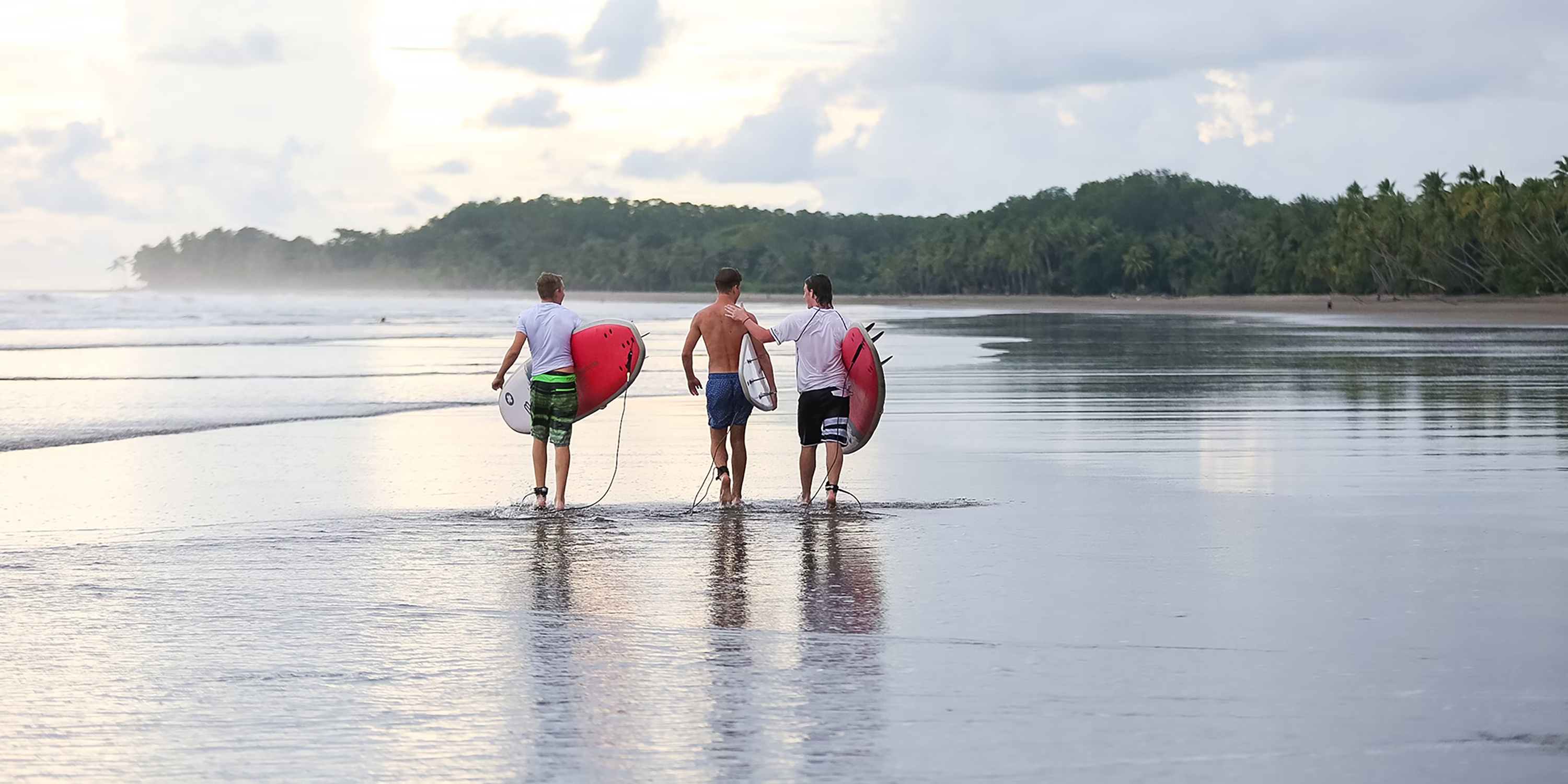Why Choose the Costa Rica: Surf and Service Program?
This Rustic Pathways program is designed for high school students who want to combine adventure, service, and cultural discovery in one unforgettable week. Experience warm sunsets and blue waters during this week of surf, service, and adventure in Costa Rica. Settle in at the Surf Bungalow and enjoy the view of the Pacific Ocean. Participate in service projects designed to support the local community and improve its quality of life. Grab your surfboard and head to the beach for surf lessons from expert instructors. Relax at the bungalow or play soccer or volleyball on the beach after service. No previous experience is necessary, and experienced surfers will not be disappointed.
Here is what makes it stand out:
- Learn to surf on Costa Rica’s North Pacific beaches with professional instructors and beginner friendly conditions
- Make a real impact by completing about 12 hours of community service to improve a local school’s learning environment
- Live steps from the ocean at a surf bungalow with private bathrooms, a shared lounge, and tropical views
- Experience Costa Rica’s natural beauty through ziplining, beach sunsets, and encounters with local wildlife
- Travel with like minded teens and Rustic Pathways leaders who prioritize safety, growth, and connection








